CT scanning is vital in locating the prostate, and using marks on the patient’s body ensures proper alignment during the procedure.
Continue readingGetting A CT Scan Before A Radiation Therapy
Fred, a radiation therapist at Advanced Prostate Cancer Institute, stresses the importance of a CT scan before radiation therapy.
Continue readingSide Effects with Radiation Therapy for Prostate Cancer
The Advantages of Radiation Therapy for Prostate Cancer
How long does radiation treatment take?
What to Expect When Having Radiation Therapy
Radiation Therapy for Prostate Cancer
My name is Yaser Bassel, I’m a board certified urologist with Advanced Urology Institute. With Radiation Therapy there are different means of administering radiation, there are seeds that can be implanted, there’s external beam radiation therapy and sometimes radiation
Continue readingDr. Amar Raval’s Recommendations: Surgery or Radiation for Prostate Cancer?
How Has Prostate Cancer Biopsy Advanced with Dr. Jonathan Jay?
2 Effective Treatment Options for Prostate Cancer
Prostate cancer can be treated and managed in a number of ways. While the preference of the patient is given priority, it should be tempered with the advice of a trained urologist. A urologist can offer advice on what method is appropriate depending on the age of the patient, the patient’s family history and the natural progression of the disease. The patient also needs to be fully advised of the side effects of any form of treatment before agreeing to undergo the treatment. For any given case of prostate cancer, there are always at least two treatment options available.
1. Surgery
A patient with prostate cancer can choose to have the prostate surgically removed to clear the cancer from the body. The procedure is known as Radical Prostatectomy. It is most appropriate in cases where the cancer is localized and has not spread beyond the prostate. However, even when the cancer is localized, a urologist will determine the progression of the disease before recommending surgery. Low risk localized prostate cancer is unlikely to progress and a radical prostatectomy is unnecessary. On the other hand, when the cancer is aggressive and is likely to result in death if untreated, surgery is definitely the most appropriate choice.
Radical prostatectomy is recommended for patients under the age of 75 , or those with a life expectancy of at least ten years. This is because they are more likely to preserve their sexual and urinary functions after the surgery and they have a stronger chance of outliving any side effects the surgery might have.
2. Radiation Therapy
Radiation therapy, or radiotherapy is the use of radiation in high doses to kill malignant cancer cells or slow their development. Unlike radical prostatectomy, it can be used to treat localized prostate cancer and even advanced prostate cancer. It may be applied in combination with other treatment options such as hormone therapy. It may even be applied if a patient undergoes a radical prostatectomy but the procedure fails to eliminate the cancer fully or if the cancer recurs.
Radiation therapy can be administered externally or internally. When done externally, it is referred to as external beam radiation and is very much like having an X-ray. When administered internally, it is referred to as brachytherapy or internal radiation therapy. In this procedure, a radiation implant is placed inside the body near the affected organ. After a while, the implant ceases to produce radiation. The implant, however, remains in the body.
Both radical prostatectomy and radiation therapy are suitable treatment options and choosing between them may seem a little daunting. The professional opinion of a urologist can help by pointing out the finer points of each choice. The patient also may research the subject by reading up on the various options. There are many sites that offer reliable material on this subject.
For more information about treatment options for prostate cancer, visit the “Advanced Urology Institute” website.
Radical Prostatectomy vs Radiation Therapy
Introduction
Radical prostatectomy and radiation therapy are both cancer treatment methods. Radical prostatectomy is specific to prostate cancer and involves the surgical removal of the prostate, either alone or with other surrounding tissues such as the seminal vesicles and some lymph nodes. There are currently various ways in which a radical prostatectomy can be carried out, including robot assisted laparoscopic prostatectomy, open prostatectomy and laparoscopic prostatectomy.
On the other hand, radiation therapy, also known as radiotherapy, is used in the treatment of almost all cancers, including prostate cancer. It involves the use of high doses of radiation to kill cancer cells or to slow their development by destroying their DNA. For radiation therapy to work effectively, it needs to be applied consistently over a period of time.
Choosing between Radical Prostatectomy and Radiation Therapy
The main advantage of radical prostatectomy is that it is arguably a one time procedure. It takes just a few hours to completely remove the affected prostate and the patient is likely to recover fully, albeit gradually and with the monitoring of a urologist. The main disadvantage is that it is appropriate only where the cancer has not spread to other organs outside the prostate. If it has spread, then removing the prostate and leaving behind other affected organs will have no effect at all. In cases where the cancer has spread, radiation therapy may be the more reasonable choice.
Other factors that urologists and surgeons consider before suggesting either procedure include:
1. Age of the patient — Radical prostatectomy is offered mostly to men under 70 years of age because they are more likely to live longer and be able to survive any long term effects of the disease.
2. The natural progression of the disease — Slow progression of a non-aggressive tumor does not lend itself to surgery. This is a case that can be managed by what is called watchful waiting where the disease is monitored constantly but treatment is deferred for a while.
3. The possibility of cure — The goal of radical prostatectomy is to cure the patient of prostate cancer. If for whatever reason it appears that it is unlikely that this objective will be achieved, then radiation therapy or other forms of treatment should be preferred.
Conclusion
It is important to choose the treatment option that works for your body. In order to make the right choice, make a point of consulting a qualified urologist. Reading material on the subject should also be helpful, and sites such as the one operated by the Advanced Urology Institute should be a good place to start.
For more information, visit the Advanced Urology Institute website.
Cryotherapy An Alternative Treatment to Radiation Therapy for Prostate Cancer
Cryotherapy means using extremely cold temperatures to freeze and destroy cancer cells. Also called cryoablation or cryosurgery — though not actually a form of surgery — cryotherapy relies on the principle that cancer cells are typically more sensitive to freezing than normal cells. So when an area affected by cancer is exposed to the very low temperatures, cancer cells die while normal cells survive the treatment. While cryotherapy can be used to treat earlier-stage prostate cancer, it isn’t used as the first treatment. It is also a great option for treating prostate tumor that’s resistant or recurs after radiation therapy. However, like brachytherapy, this treatment is not ideal for men with enlarged prostate glands.
How is it performed?
During cryotherapy, the doctor uses a trans-rectal ultrasound (TRUS) to direct several hollow needles (probes) through an incision made on the skin between the scrotum and anus and into the prostate. A very cold (freezing) fluid, such as argon gas or nitrogen liquid, is infused into the prostate via the probes (needles) and used to freeze and kill cancerous prostate cells. To prevent damage to healthy, nearby tissues, the doctor uses the ultrasound to carefully monitor the process and target the tumor with more precision.
Also, to prevent urethral damage, a warm saline solution is circulated via a catheter in the urethra to stop it from freezing. The catheter may be left in place for many weeks afterward to enable the bladder to empty during recovery. Cryotherapy requires epidural (spinal) or general anesthesia. After the procedure, patients may remain in the hospital overnight, although many usually leave on the same day.
How cryotherapy works
Living cells — normal or abnormal — cannot endure extreme cold. That’s why when the prostate gland is infused with liquid nitrogen or argon gas it quickly loses heat, the ice balls or ice crystals swell instantaneously, and the cell membranes rupture, followed by tissue damage and then cell death. After cancer is destroyed, the dead cells and tissues are cleaned up from the body by white blood cells. Also, the body’s immune system is triggered to strike out, attack and destroy any remaining cancer cells.
Cryotherapy provides several advantages over radiation and surgery, particularly in early-stage prostate cancer. It’s a less invasive procedure that can be performed using spinal or epidural anesthesia instead of general anesthesia. This is especially important when treating prostate cancer in older men. It is also beneficial for men with prostate cancer occurring simultaneously with conditions such as lung disease, heart disease or diabetes. Cryotherapy causes less blood loss, pain and swelling, requires shorter hospital stay (1-2 nights) and involves a shorter recovery period. Also, when necessary, cryotherapy can be followed by surgery or radiation therapy.
Effective alternative to radiation therapy
Even with early intervention and prompt radiotherapy, about 30-40 percent of men still experience a return of prostate cancer. Hence, further treatment is almost always necessary after radiation therapy. Cryotherapy is a great option for preventing cancer recurrence or treating recurrent prostate cancer in cases where the initial radiation therapy fails to kill enough cells. The need to use cryotherapy is determined by conducting follow-up PSA tests after radiotherapy. High PSA levels after radiotherapy implies either radio-resistance or incomplete eradication of cancer cells and cryoprobes can then be used to prevent a recurrence, particularly when the tumor is still localized. When used this way, cryotherapy is very effective — freezing the area and killing cancer cells while sparing normal cells. For more information on safe, effective treatment of prostate cancer, visit the “Advanced Urology Institute” site.
Prostate Cancer – Understanding Your Options
Video: Prostate Cancer – Understanding Your Options
There are many treatment options for prostate cancer. Depending upon the stage of the disease, robotic surgery, radiation therapy, cryoablation, hormonal therapy and even watchful waiting are some of the alternatives to be considered. Contact a urologist now and get treatment for this condition as soon as possible. [Read Full Article…]


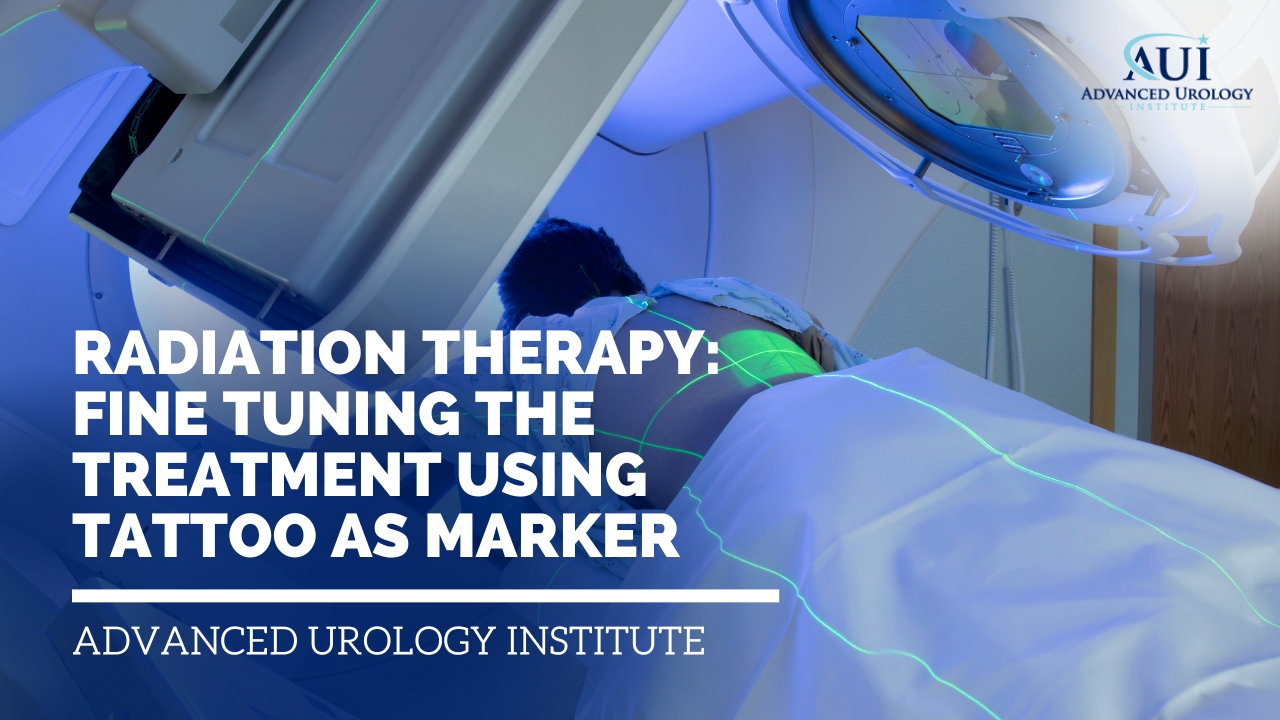


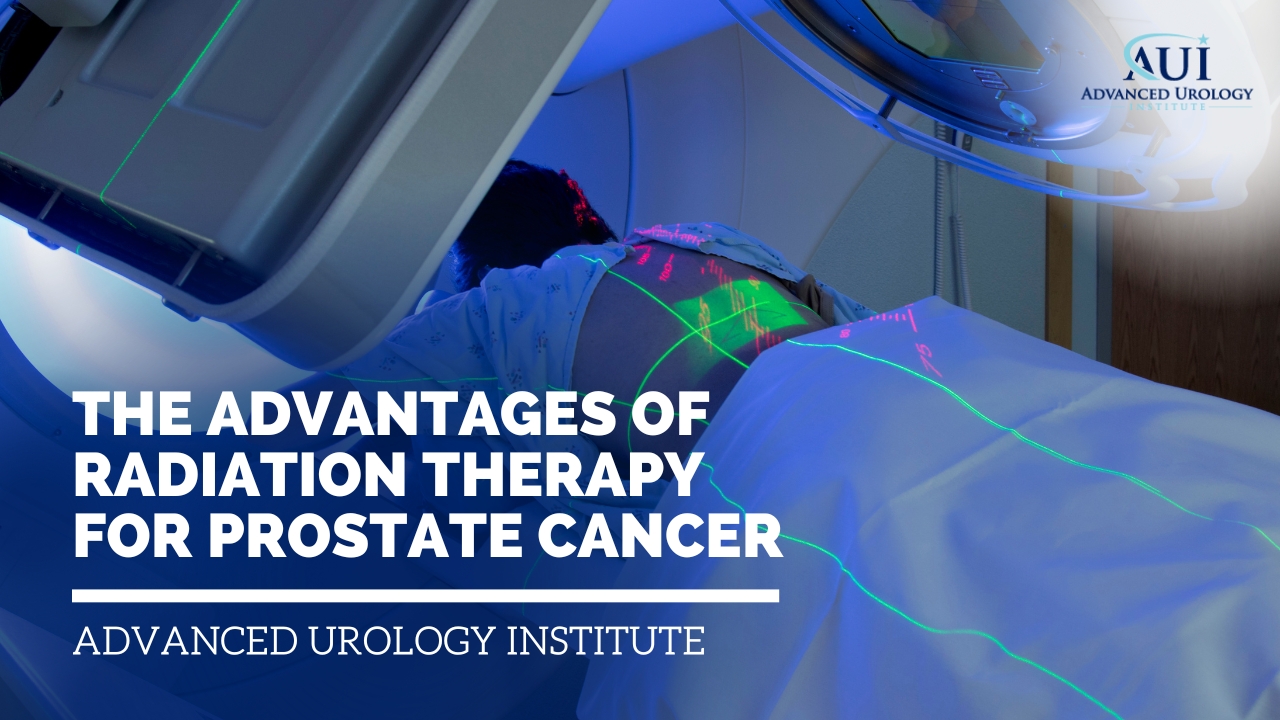
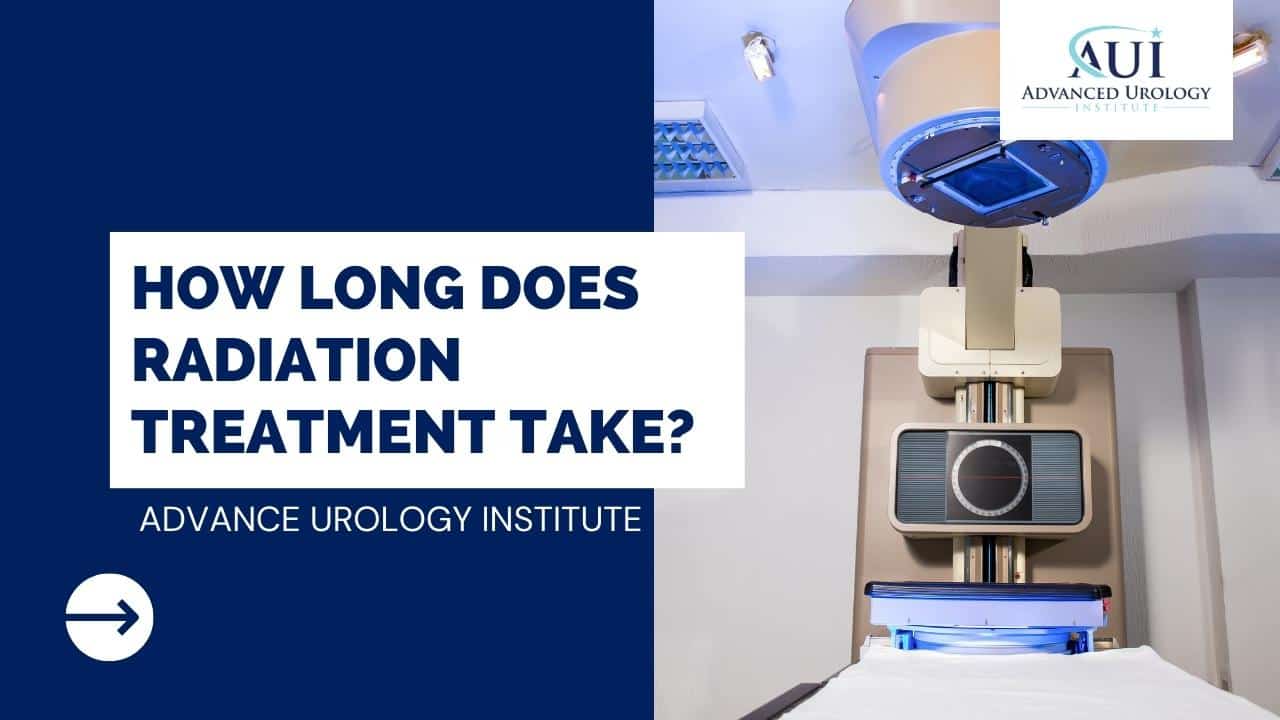
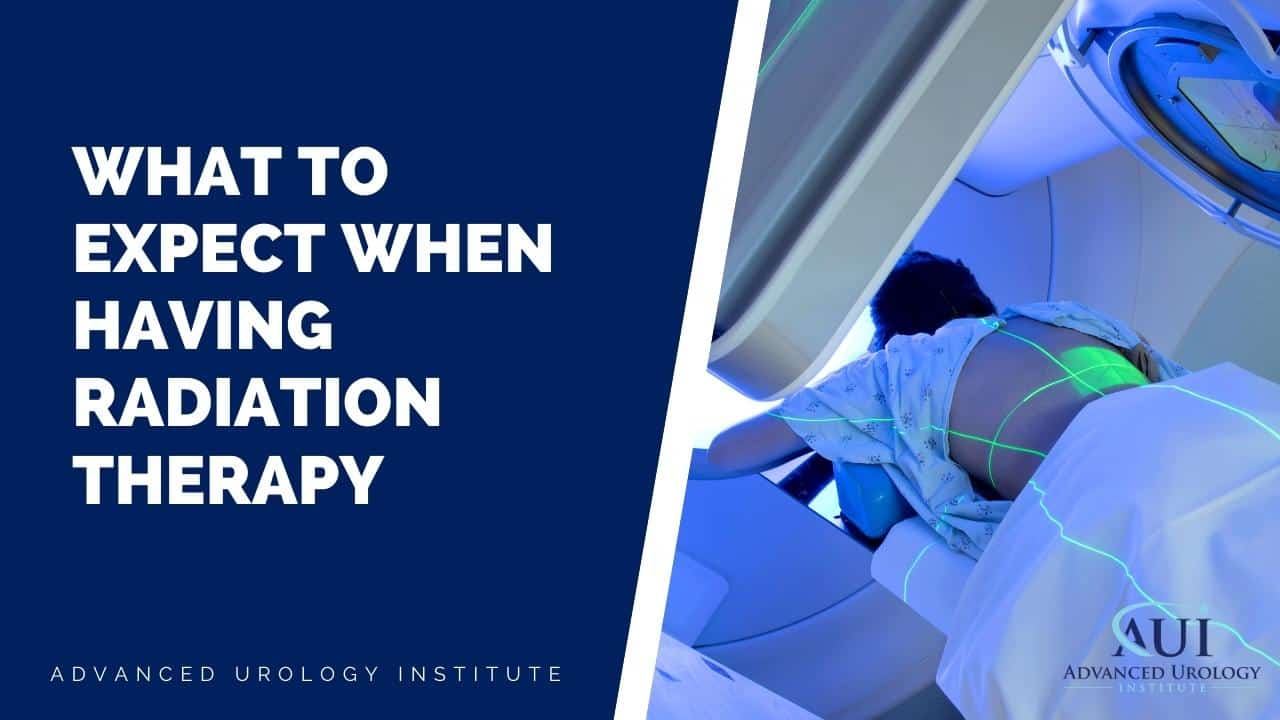
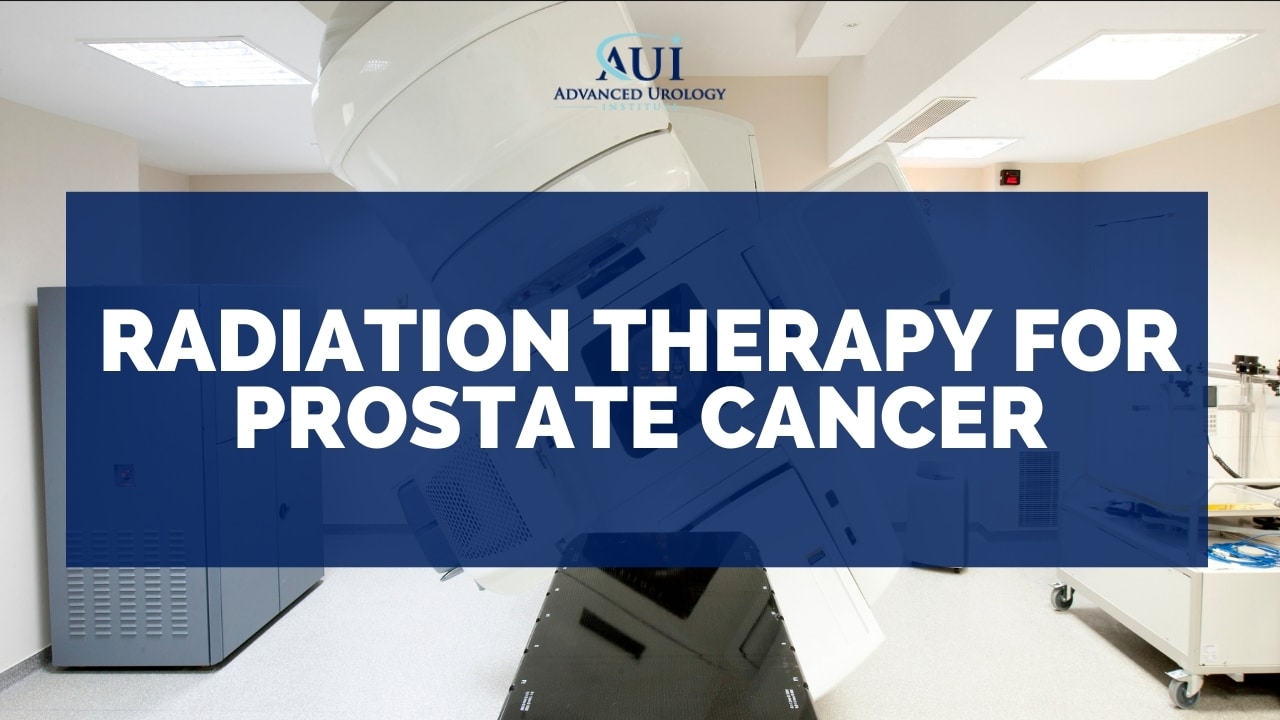
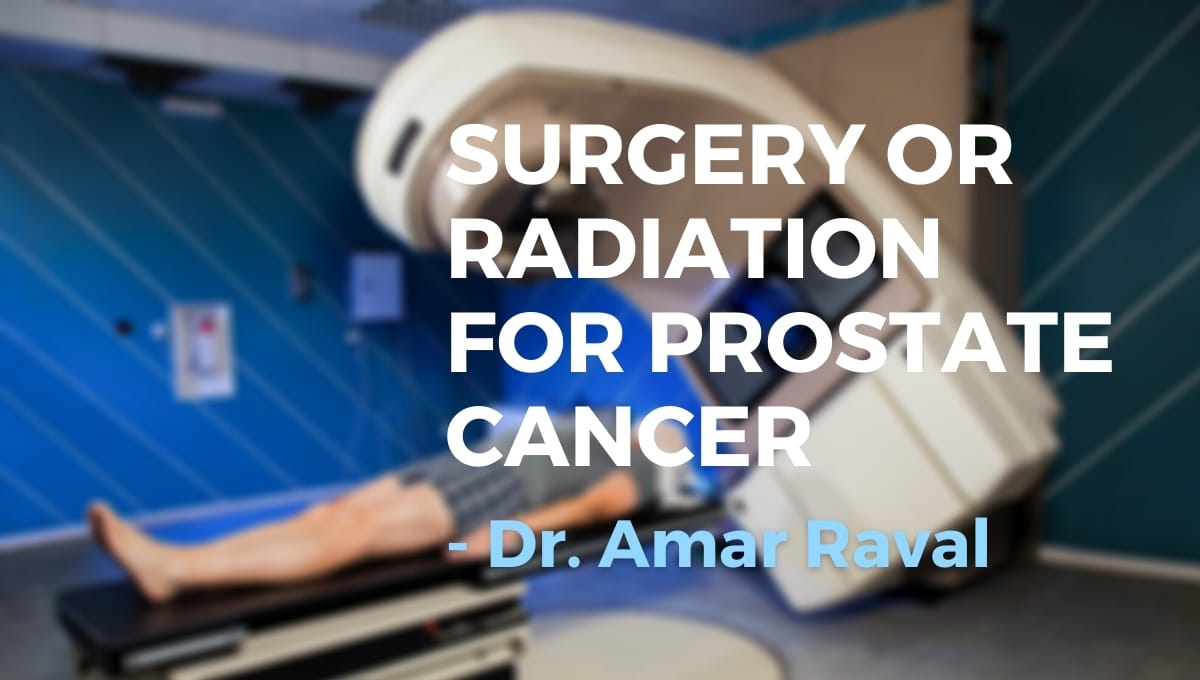

 This focused biopsy is called a
This focused biopsy is called a 
